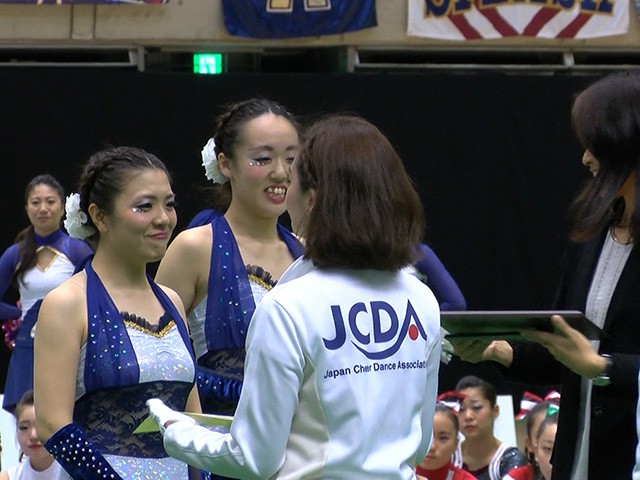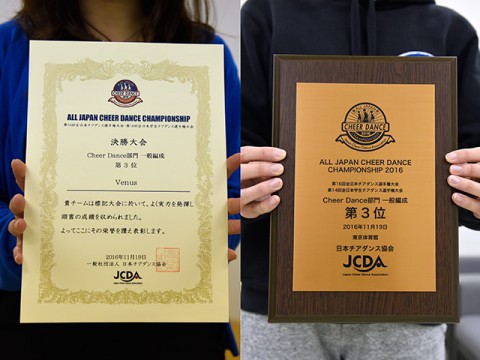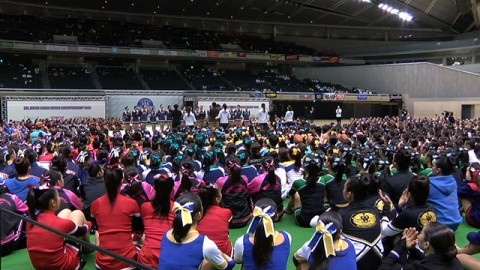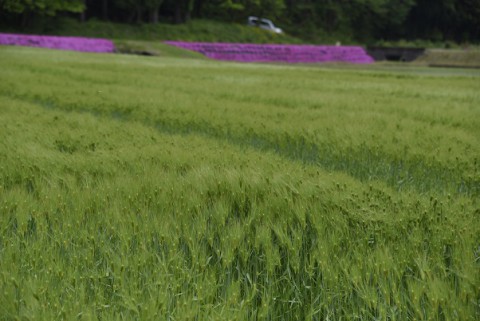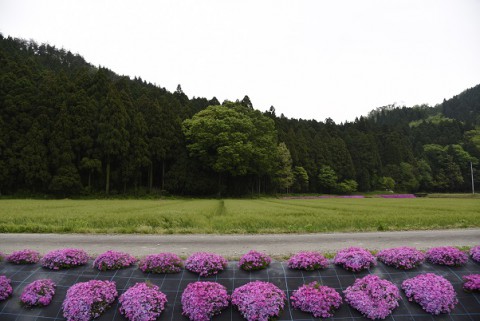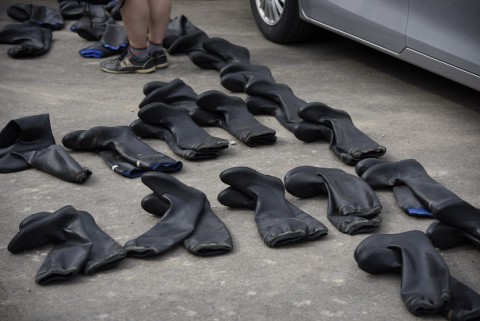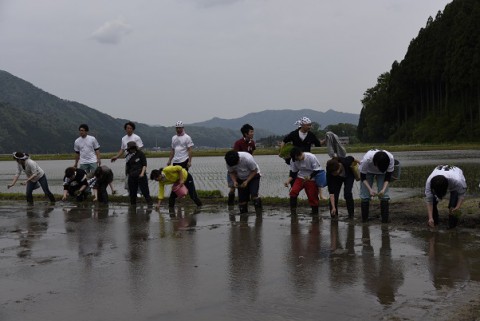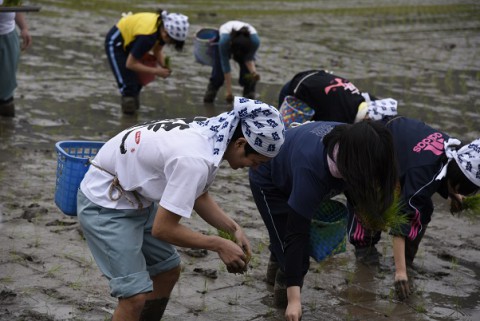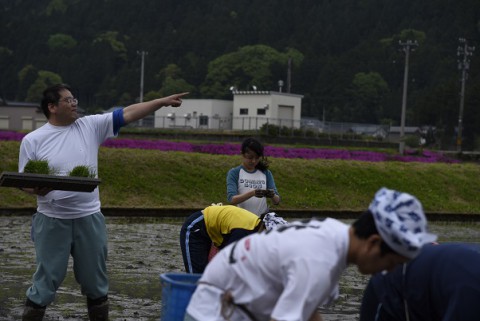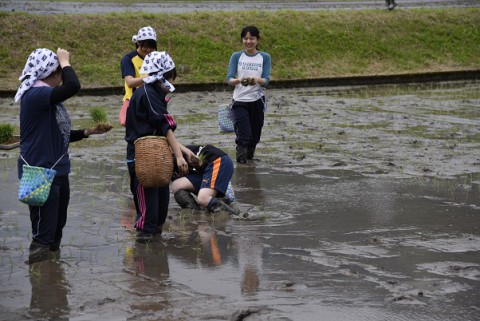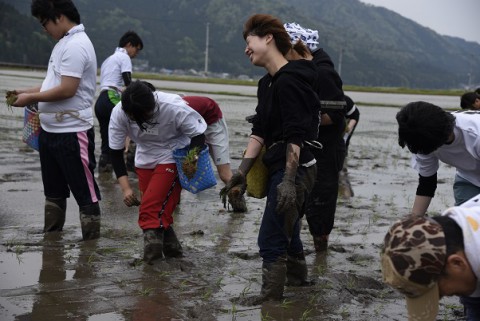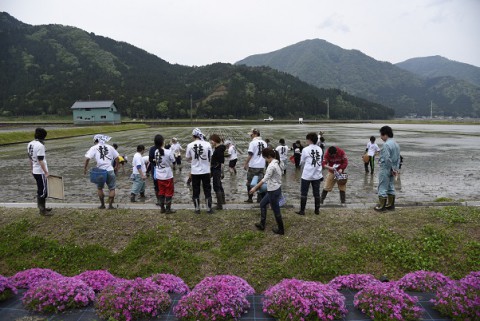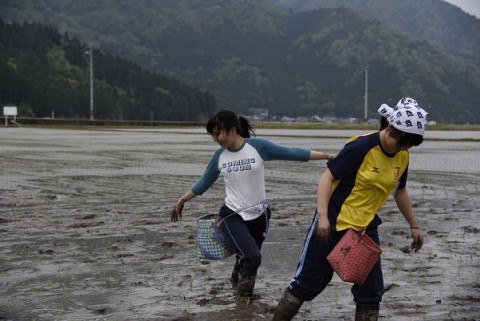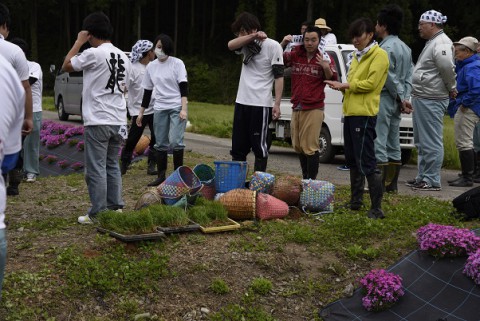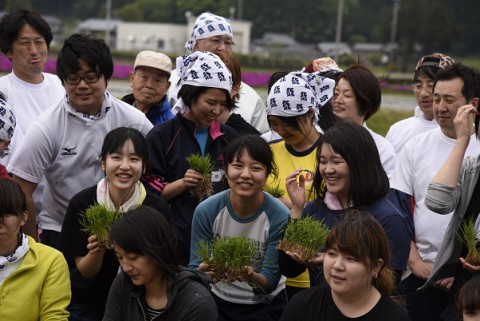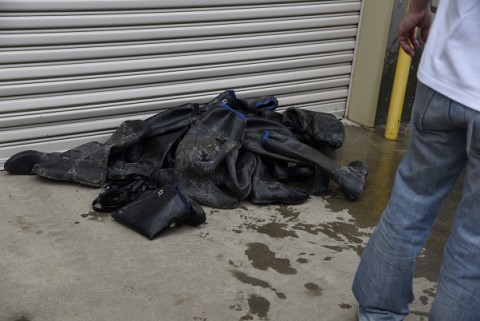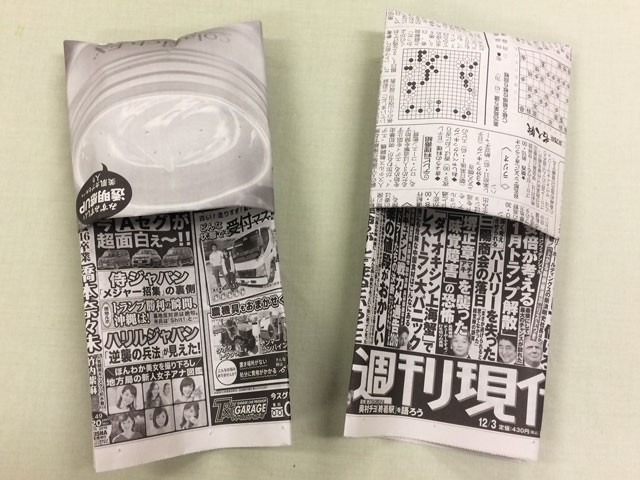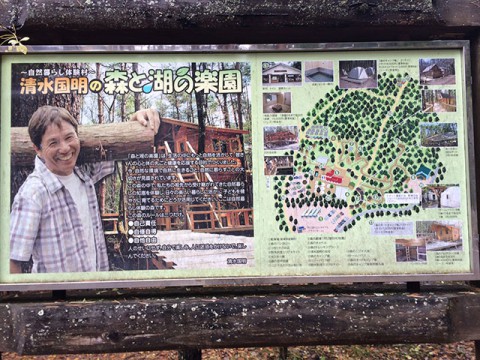I accompanied the bus tour “Special viewing of the hidden Buddhist statues associated with Great Priest Taicho” by Echizen Town’s Tourist Federation on November 6th.
Asahi District of Echizen Town, Fukui Prefecture has many temples, shrines and historic sites associated with Great Priest Taicho, where is a treasure house of Buddhist statues in the Heian and Kamakura Periods. On that day, I was able to see the hidden Buddhist statues especially which have survived from the battles in Period of Warring States and anti-Buddhism movement in the Meiji Period, and still enshrined by religious belief of local people.
*Great Priest Taicho was born in Fukui City in the Asuka Period(at the end of the seventh century). He was called a child prodigy. When he was eleven years old, he climbed Mt.Ochi, Otanji Temple following the revelation in his dream. After his ascetic practices and mortification, finally he achieved enlightenment of Buddhist teachings.
Afterwards, when he was 36 years old, he opened holy Mt. Hakusan.
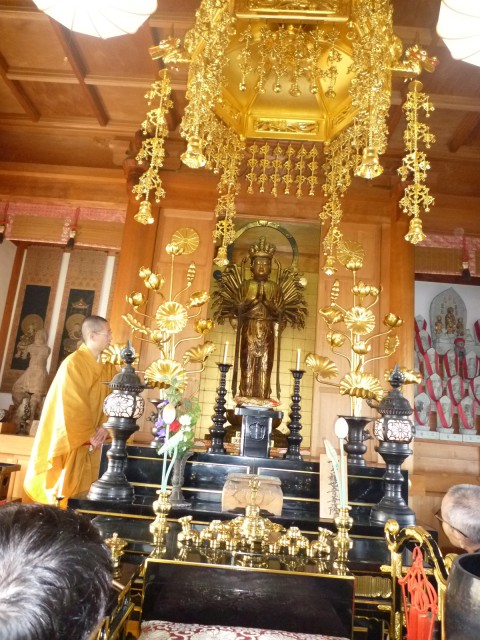
Asahi Kannon Fukutsuji Temple Standing statue of wooden Senju Kannon Bosatsu
(Kamaura Period) Cultural Property designated by Fukui Prefecture
The Kannon has eleven-faced small Kannon on its head and forty-two hands.

I got a “goshuin” (stamp) at the Fukutsuji Temple.
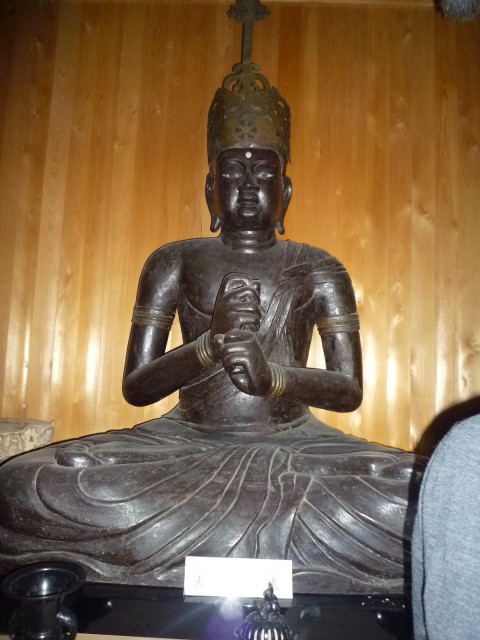
Hiyoshi Shrine Seated statue of wooden Dainichi Nyorai(Heian Period)
Tangible Cultural Property
It is rare that there is a statue of Dainichi Nyorai in a shrine. It is said that originally
it was in the Fukutsuji Temple. When the temple opens its hidden Buddhist statues,
more than ten adults carry back the Nyorai to the Fukutsuji Temple.

Yasaka Shrine Wooden Juichimen Joshin statue (Heian Period)
Now it is on display at the exhibition “Buddhist statues of Fukui” at Fukui City History Museum.
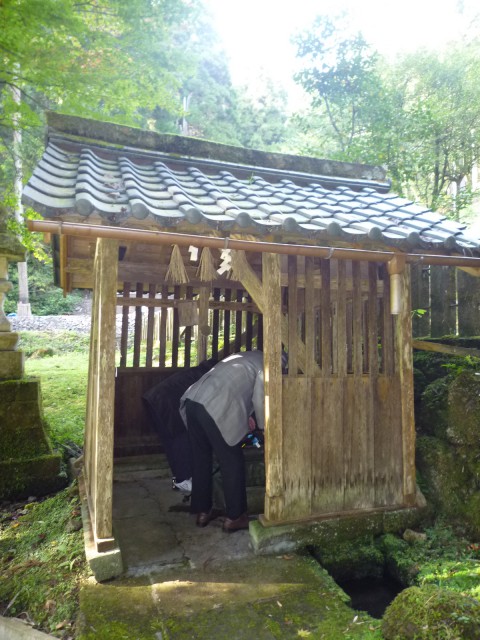
There is a spring named “Life-prolonging water” in the precincts of the Yasaka Shrine
(100 greatest springs in Hokuriku Region) On July 14th, Gion Festival is held at the shrine
in the same manner as Yasaka Shrine in Kyoto.
I have heard that it has a nice old-style atmosphere.
I would like to see the festival.
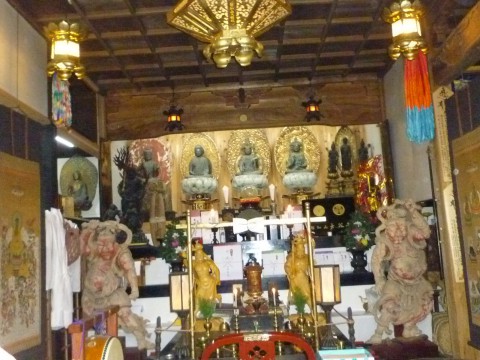
Main hall of Mt. Ochi, Otanji Temple , which is one of the oldest temples in Hokuriku Region with a history of 1,300 years
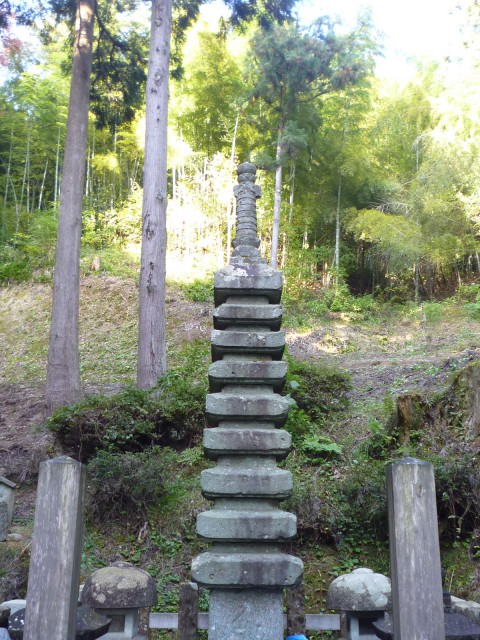
It is said that this nine-story pagoda was the tomb of Great Priest Taicho.
National Cultural Property

The stairs to Joshoji Temple
Tanzan Ueno, the 13th Buddhist priest of the Joshoji Temple, was a leading cultural figure
in the late Edo Period.

Nagaya Gate in the precincts of the Joshoji Temple
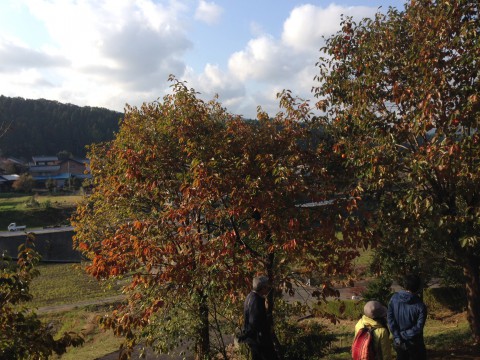
As I went out of the Nagaya Gate, beautiful rural view of the village spread.
In the bus tour, there were visitors from other prefectures. A woman from Osaka who joined alone talked that she knew the tour on the internet and there were many unknowing Buddhist statues even in Osaka.
According to Mr.Fujikawa, curator of Fukui City History Museum, the power of Buddhist statues was too strong, so they close the doors and made the statues to hidden ones so that people would not be exposed to the too much power. It was like my eyes were opened for the first time hearing his talk.
The same bus tour is going to be conducted next year again.
How about joining to see hidden Buddhist statues in Fukui and to enjoy a day late in autumn? (H.S)
